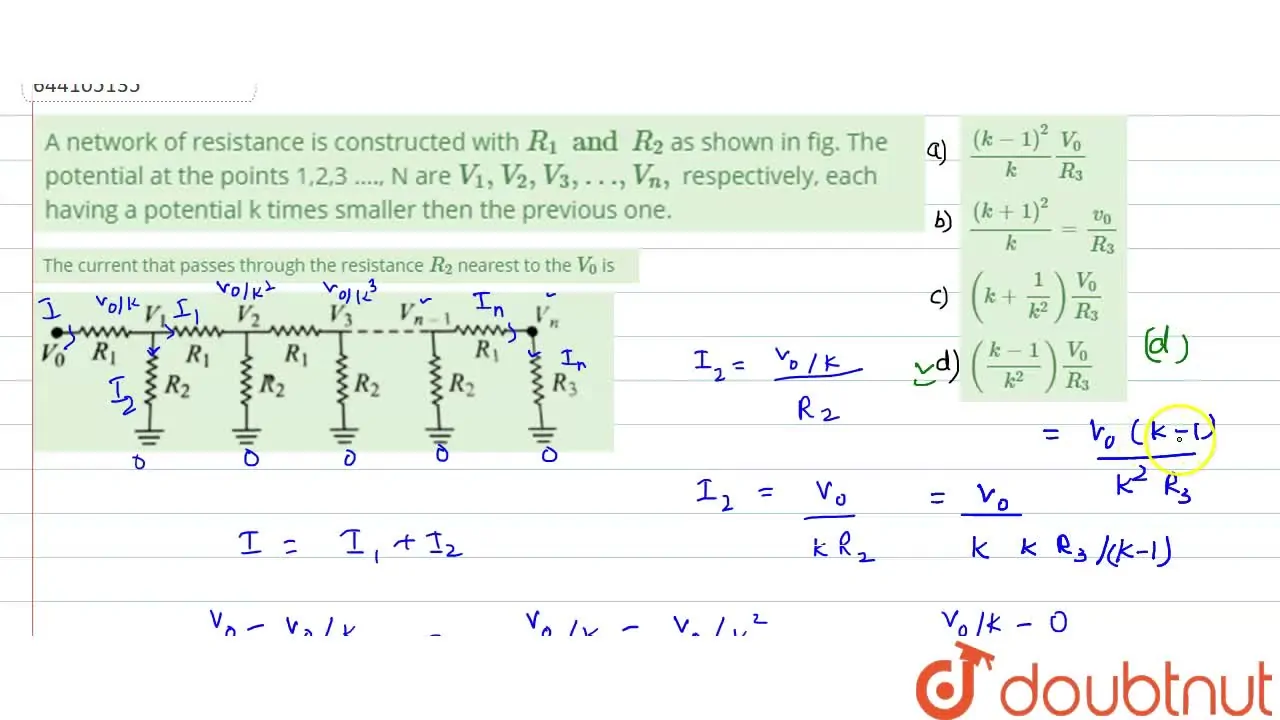A network of resistance is constructed with R1andR2 as shown in fig. The potential at the points 1,2,3 …., N are V1,V2,V3,…,Vn, respectively, each having a potential k times smaller then the previous one.

The current that passes through the resistance R2 nearest to the V0 is
(k−1)2kV0R3
(k+1)2k=v0R3
(k+1k2)V0R3
(k−1k2)V0R3
The correct Answer is:D
Given V1=V0k,V2=V1k,V3=V2k,I=I1+I2

V0−V1R1=V1−V2R1+V1−0R2
V0−V1/kR1=V0/k−V0/k2R1+V0/kR2
R1R2=(k−1)2k
current in R1 and R3 will be the same:
Vn−1−VnR1=VnR3
or Vn−1−Vn−1kR1=Vn−1kR3
or R1=R3(k−1)
put the value of R1 in the above expression, we get
R2R3=kk−1
Current in R2 nearest to V0 is
I2=V1R2=V0/kR3(kk−1)=(k−1K2)V0R3
Related Playlists
- BOOK - CENGAGE PHYSICS ENGLISHCHAPTER - ELECTRIC CURRENT AND CIRCUITEXERCISE - Interger8videos
ELECTRIC CURRENT AND CIRCUIT
- BOOK - CENGAGE PHYSICS ENGLISHCHAPTER - ELECTRIC CURRENT AND CIRCUITEXERCISE - Multiple Correct16videos
ELECTRIC CURRENT AND CIRCUIT
- BOOK - CENGAGE PHYSICS ENGLISHCHAPTER - ELECTRIC CURRENT & CIRCUITSEXERCISE - Kirchhoff s law and simple circuits15videos
ELECTRIC CURRENT & CIRCUITS
- BOOK - CENGAGE PHYSICS ENGLISHCHAPTER - ELECTRIC FLUX AND GAUSS LAWEXERCISE - MCQ s38videos
ELECTRIC FLUX AND GAUSS LAW
Similar Questions
A network of resistance is constructed with R1andR2 as shown in fig. The potential at the points 1,2,3 …., N are V1,V2,V3,…,Vn, respectively, each having a potential k times smaller then the previous one.

The ratio R1/R2 isView SolutionA network of resistance is constructed with R1andR2 as shown in the figure. The potential at the points 1, 2, 3,………., N are V1,V2,V3,……..,Vn respectively each havig a potential K time smaller than privious one. Find :
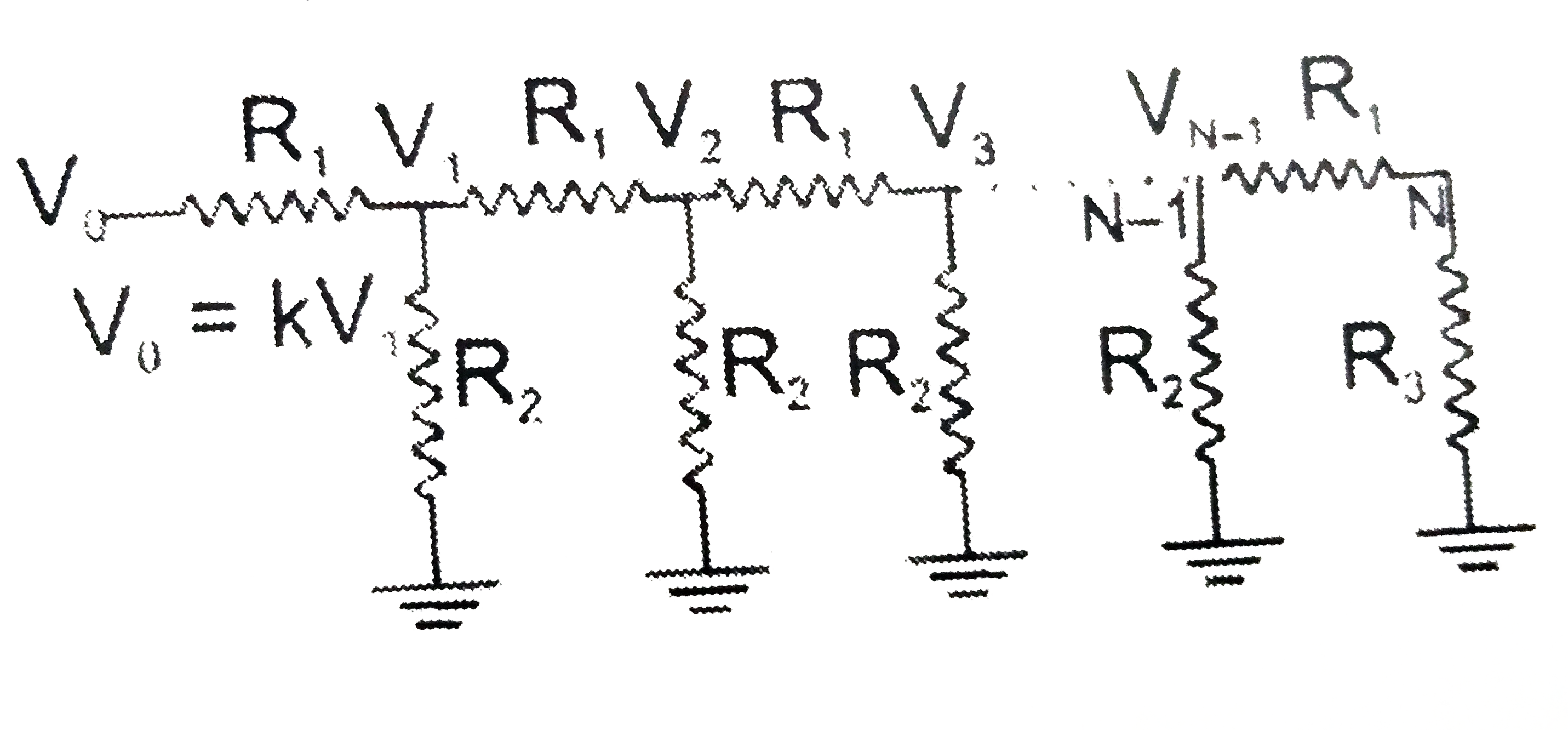
(R1R2)×(R2R3) in terms of K.View SolutionA circuit has a section ABC if the potential at point A,BandC are V1,V2andV3 respectively , calculate the potential at point O
 View Solution
View SolutionThree resistance are joined together to form a letter Y, as shown in figure. If the potentials of the terminals A,B and C are 6V,3V and 2V respectively, then the potential of the point O will be
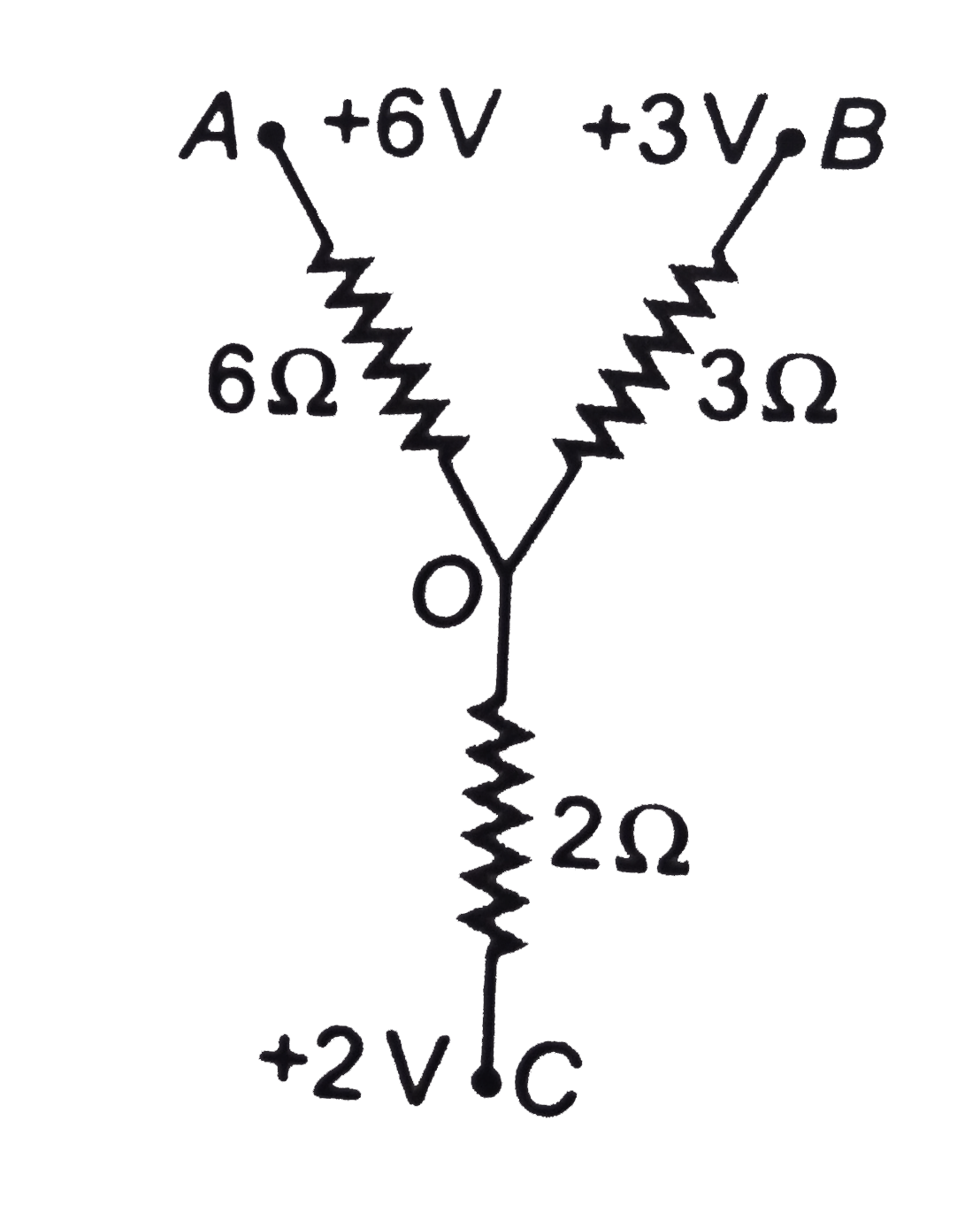 View Solution
View SolutionThree uncharged capacitors are connected as shown in the figure. If potentials at point P, Q and R are maintained at 1V, 2V, 3V respectively, then potential at O becomes
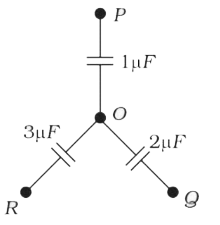 .View Solution
.View SolutionShown a part of an electric circuit, The potentials at the points a,b,and c are 30V,12V,and 2V respectively.Find the currents through the three resistors.
 View Solution
View SolutionThree capacitors C1,C2 and C3 are connected as shown in, The potentials of P,Q, and R are V1,V2, and V3, respectively. Find the potential V0 at the functionO.
 .View Solution
.View SolutionConsider the circuit shown in fig.
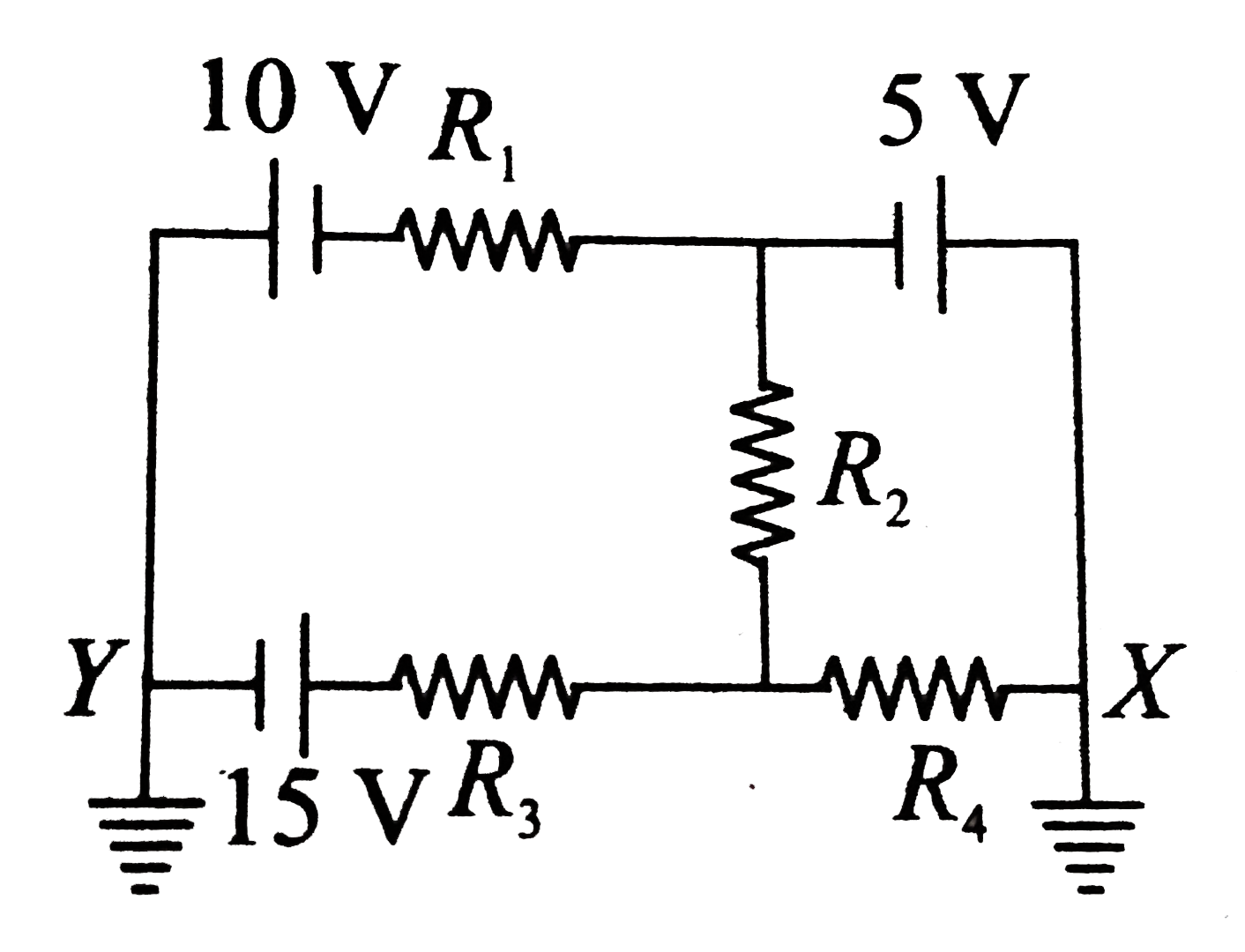
Assuming R1=2Ω, current passing through resistance R1 isView Solution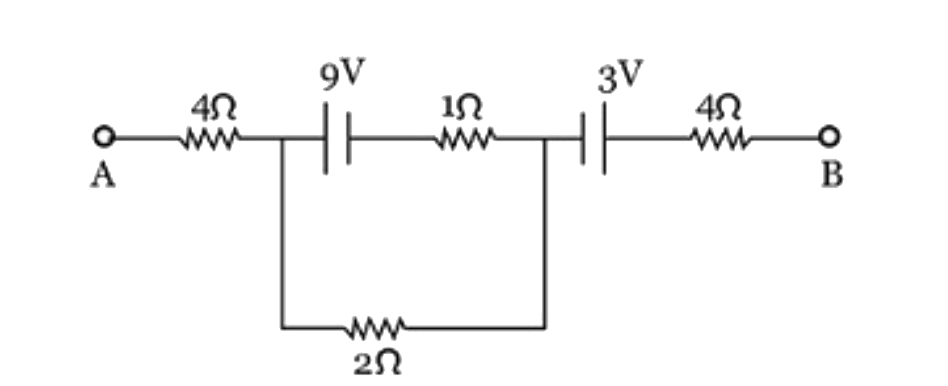
In the part of the circuit shown in the figure, the potential difference between points VA−VB=16V. The current passing through the 2Ω resistance will beView SolutionIn the network shown in fig. , points A, B, and C are at potentials of 70 V, 0, and 10V, respectively.
 View Solution
View Solution

